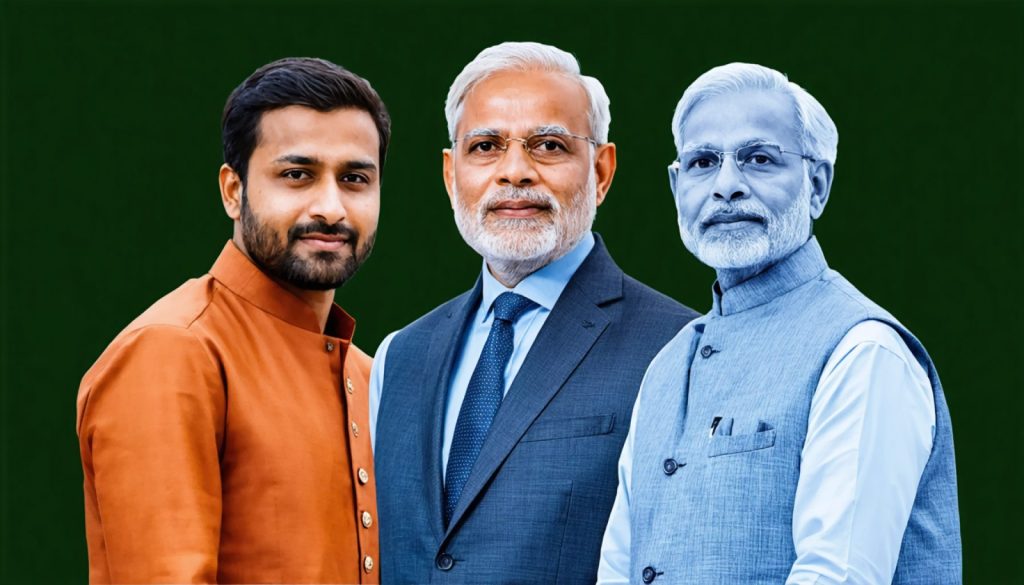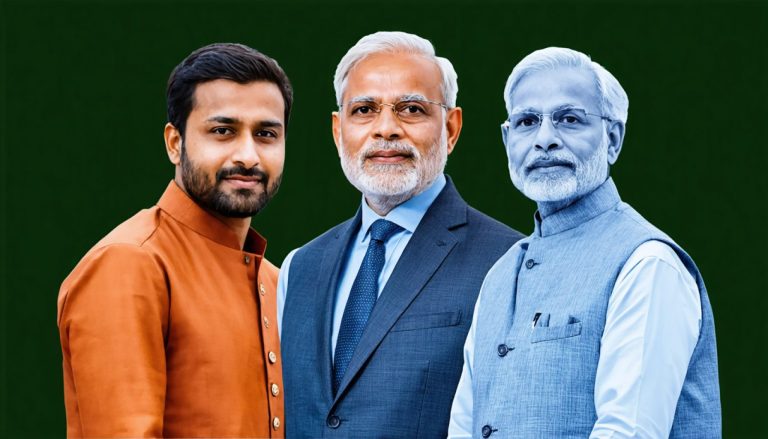
- Prime Minister Modi emphasized the transformative power of talent, temperament, and technology at the YUGM Innovation Conclave.
- The goal is for India to become a developed nation by 2047, pivoting from ideas to tangible products through a robust R&D ecosystem.
- The youth play a crucial role, with annual patent filings doubling in a decade, reflecting their innovative spirit.
- India leads in cutting-edge technology with notable projects, such as the world’s longest hyperloop test track and indigenous MRI machines.
- Substantial R&D investment and the establishment of thousands of R&D Cells in education institutions are paving the way for future advancements.
- Plans to create 50,000 Atal Tinkering Labs aim to foster a culture of innovation and equip the youth with essential skills.
- India’s path to development is powered by its innovative, unified, and resilient spirit.
A kaleidoscope of possibilities unfurls before India as Prime Minister Narendra Modi invigorates the nation with a clarion call to harness the transformative power of talent, temperament, and technology. At the YUGM Innovation Conclave in New Delhi, Modi painted a picture of an India that must leap from mere ideas to tangible products, setting a dynamic pace toward becoming a developed nation by 2047.
The Prime Minister’s speech was a symphony of ambition and urgency, underscoring a country at an inflection point. As he addressed the confluence of innovators, he embarked on an exploration of India’s robust and rapidly expanding ecosystem of research and development. The fervent applause that followed his remarks captured the optimism of a nation poised to rewrite its destiny.
An integral part of this vision is the recognition of the country’s youth. Modi described them as the embodiment of ‘R&D’—ready and disruptive—a generation breaking new ground in various sectors. He offered details of their extraordinary output, noting the doubling of annual patent filings from 40,000 to over 80,000 in less than a decade. This leap symbolizes not just innovation, but the spirit of an inspired youth eager to reshape their world.
The progression extends into realms of cutting-edge technology, where India leads with ventures like the world’s longest hyperloop test track designed by IIT Madras and Indian Railways. Modi also spotlighted breakthroughs such as the indigenous MRI machine and ‘brain on a chip’ technology developed by IISC, underscoring the notion that these are not mere scientific feats, but harbingers of a historic transformation.
With nearly 6,000 Research and Development Cells established within higher education institutions, and substantial increases in R&D expenditure—from ₹60,000 crores to ₹1.25 lakh crores—the foundation is steadily being laid for an India that not only participates in technological revolutions but leads them.
Union Education Minister Dharmendra Pradhan echoed these sentiments, announcing plans to establish 50,000 Atal Tinkering Labs in schools to feed this burgeoning culture of innovation. These initiatives, paralleled with the PM Vidyalakshmi scheme supporting skill development, aim to equip the youth with the tools they need to become not just observers of change, but its foremost architects.
As Modi articulates the future, a sense of electric possibility charges through the air, tethered by the vision of a united India powering forward through talent, steely temperament, and trailblazing technology. This is more than a blueprint for progress; it is an invitation to the world to witness a nation rising with creative energy and relentless resolve.
The take-home message is simple yet powerful: India’s trajectory towards becoming a fully developed nation is inextricably linked to its young innovators and the unshackled potential of its lively, transformative, and audacious spirit. In embracing the triumvirate of talent, temperament, and technology, India stands at the threshold of a bright, new horizon.
How India’s Ambitious Vision for 2047 is Shaping Global Innovation
Introduction
India stands at a pivotal moment, driven by a resolve to harness its burgeoning talent and technological prowess. Spearheaded by Prime Minister Narendra Modi, the nation envisions a transformation that will see India ascend to developed nation status by 2047. The YUGM Innovation Conclave served as a stage for Modi’s impassioned call to action, illuminating both the challenges and potential of India’s robust research and innovation ecosystem. But what exactly does this vision entail?
Expanding on the Vision
Prime Minister Modi’s vision is not just aspirational; it’s backed by tangible advancements in research and development. The dramatic increase in annual patent filings from 40,000 to over 80,000 illustrates a growing culture of innovation and the intellectual vitality of India’s youth. This progress is mirrored in initiatives like the hyperloop test track by IIT Madras and Indian Railways, suggesting an exciting future for infrastructure in India and beyond.
How-To Steps for Fostering Innovation
1. Invest in Education and Training: Focus on enhancing STEM education through Atal Tinkering Labs and skill development schemes like PM Vidyalakshmi.
2. Encourage Patent Filings: Simplify the patent process and offer incentives for young inventors to maximize their potential.
3. Promote Collaborative Platforms: Foster ties between academic institutions and industry for practical research applications.
Real-World Use Cases
– Indigenous MRI Machines and ‘Brain on a Chip’: These breakthroughs by Indian institutions underscore the potential for local innovation to impact global markets.
– Hyperloop Test Track: Once operational, this could redefine transportation not only in India but as a template for global infrastructure projects.
Market Forecasts & Industry Trends
India’s tech sector is poised for significant growth:
– R&D Investment: Expected to continue its upward trajectory, potentially reaching ₹1.75 lakh crores in the next decade.
– Tech Startups: The ecosystem, enriched by policies and funding, is set to expand rapidly, challenging international tech giants.
Challenges & Limitations
Despite these advancements, challenges remain. Infrastructure needs modernization, and bureaucratic processes often slow progress. Furthermore, nurturing grassroots innovation requires sustained education reform and investment.
Conclusion and Actionable Recommendations
To realize this vision, India must:
– Enhance Digital Infrastructure: Roll out comprehensive internet access and e-governance solutions.
– Support Grassroots Innovation: Develop policies that empower local inventors and startups with funding and resources.
– Foster Global Partnerships: Encourage international collaborations to learn and implement best practices.
With these steps, India is not just preparing for the future; it’s building the foundation to lead in global innovation. By embracing its talent, temperament, and technology, India has the opportunity to redefine its role on the world stage.
For more insights on India’s technological strides, visit the official website of the Ministry of Electronics and Information Technology.



